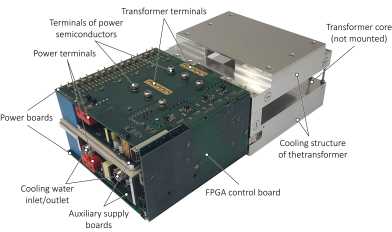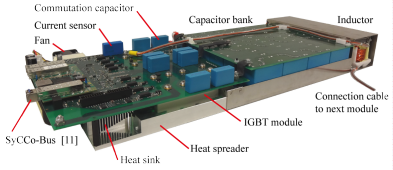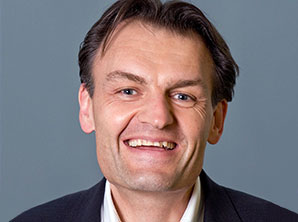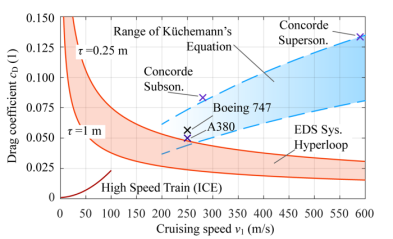2017
Ultra-compact and highly efficient battery interface for traction applications

Approximately one-third of the worldwide primary energy is consumed in the transport sector. In order to reduce the environmental impact of the transportation, alternative propulsion systems as for example hybrid electric vehicles are investigated. Such concepts enable amongst others to recuperate energy during braking, which reduces the total energy consumption. This project looks at an ultra-compact and highly efficient battery interface for traction applications.
Prof Kees Christiaanse receives ARC17 Oeuvre Award

ESC member, Professor Kees Christiaanse receives ARC17 Oevre Award for his exceptional work, his unique vision of the city and way of working. The ARC17 Oeuvre Award is annually awarded by the editors of 'de Architect' to a person who makes a lasting and innovative contribution to the improvement of the built environment. The jury led by Patrick van der Klooster crowns a large and influential architect and urban planner.
Split battery energy storage: more than the just the sum of its parts

What if we told you, that splitting a 5 mega-watt-hour battery energy storage system into 24 smaller blocks, each large enough to supply over 30 households for a whole day, can improve its energy efficiency by 5%? It’s true, and it’s all in the power electronics!
ESC member, Prof. Johann W. Kolar receives the Golden Owl Award 2017 for exceptional teaching!

For the second time, after 2011, Prof. Johann W. Kolar has received the Golden Owl Award, which is awarded by the student association VSETH. The award honours lecturers providing exceptional teaching and motivates them to continue this way. Our congratulations!
Energy Efficiency of an Electrodynamically Levitated Hyperloop Pod

The team Swissloop, formed by 40 ETH students, achieved the remarkable 3rd place in 2017-finals of the SpaceX Hyperloop Pod Competition. In order to provide a scientific foundation and further improvements of a magnetically levitated “Hyperloop” vehicle (pod), a research project has been conducted at the Power Electronic Systems Laboratory.